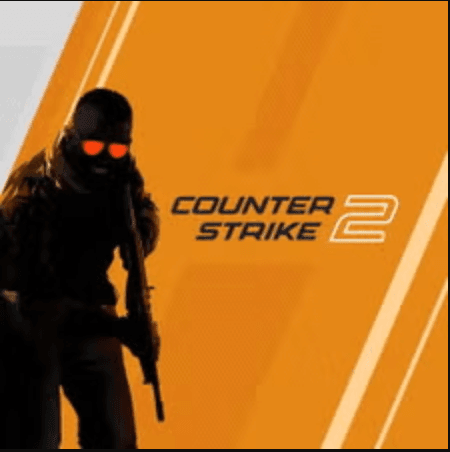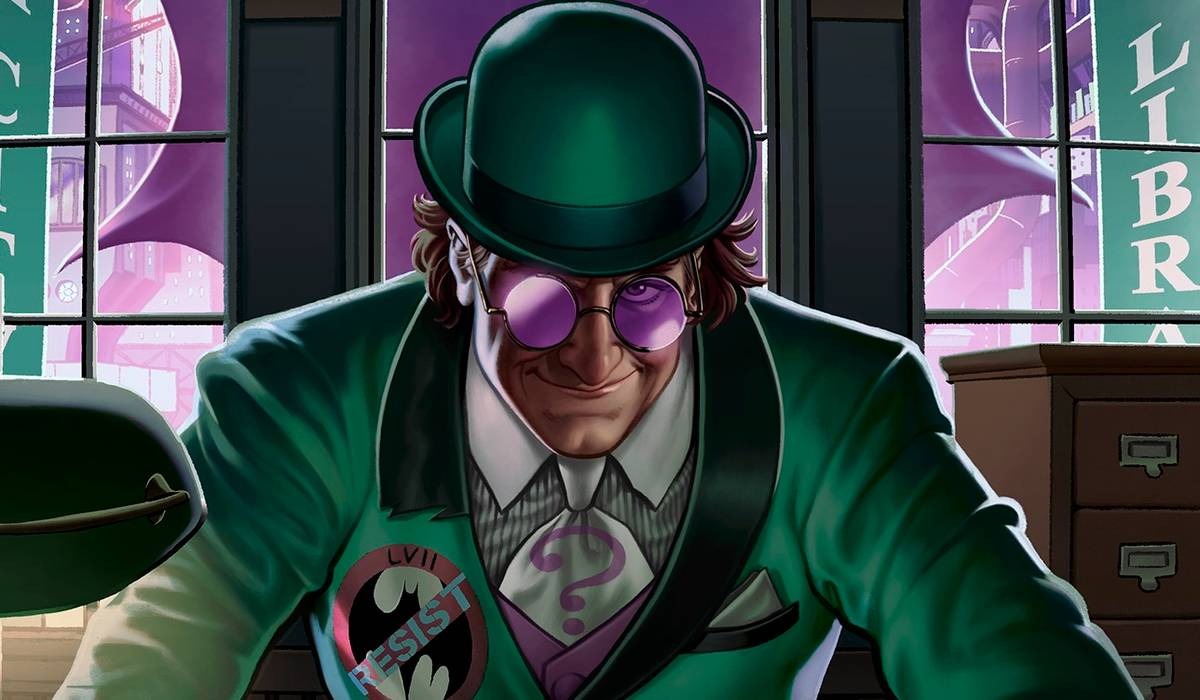EXCLUSIVE UNVEILING: Batman’s New ‘Burtonverse’ Riddler Revealed in Stunning New Art for ‘Batman: Revolution’
Popular Now
 Free Fire
Free Fire
 Warframe
Warframe
 Minecraft
Minecraft
 Geometry Dash
Geometry Dash
 Toca Boca World
Toca Boca World
 Grand Theft Auto V
Grand Theft Auto V
 Auto X Drift Racing 3
Auto X Drift Racing 3
 NBA 2K24
NBA 2K24
 Counter-Strike 2
Counter-Strike 2
 BeamNG.drive
BeamNG.drive 
The highly lucrative and intensely scrutinized ‘Burtonverse’—the cinematic timeline established by Tim Burton’s Batman (1989) and Batman Returns (1992)—is making significant headlines with the reveal of a completely reimagined version of The Riddler. This new character design, brought to life in striking art by Joe Quinones, will be a central figure in the upcoming novel ‘Batman: Revolution’ by John Jackson Miller, further cementing DC’s commitment to exploring this fan-favorite universe with fresh, high-value content.
This iteration moves far beyond both the flamboyant Jim Carrey version from the Schumacher films and the grim, Zodiac-inspired Paul Dano portrayal, delivering a design that perfectly captures the gothic, expressionistic aesthetic synonymous with director Tim Burton’s original vision. This is a strategic move to capitalize on the soaring nostalgia market for late 80s/early 90s cinema and high-demand comic book sequels.
A New Face for a Classic Foe: Norman Pinkus, The Gotham Globe Puzzler
In a bold departure from the iconic Edward Nygma moniker, ‘Batman: Revolution’ introduces a new civilian identity for the villain: Norman Pinkus. This narrative choice is designed to firmly root The Riddler in the established, Gothic Gotham City of the Keatonverse. Pinkus is described as a beleaguered, overlooked copy boy and the daily puzzle writer for the Gotham Globe newspaper. This backstory provides a compelling, character-driven motivation that aligns with the tragic, outcast villains of Burton’s films, such as Selina Kyle’s transformation into Catwoman.
The Core Transformation:
- The Meek Persona: Pinkus begins as a classic ‘Burton-esque’ figure: a meek, mawkish shut-in whose formidable intellect is continually ignored by a corrupt and sensationalist media establishment.
- The Flamboyant Double Life: His transformation into The Riddler is an explosion of pent-up genius and ego. He uses his newfound notoriety to challenge the city’s power structure and prove his superiority to Batman, a classic A-list villain motivation with huge box office potential if ever adapted to film.
- A Strategic Name Change: Writer John Jackson Miller explains that ‘Edward Nygma’ is viewed as a pseudonym, with Pinkus’s knowledge of obscure facts—like the origin of ‘nygma’ as a spot on a sawfly’s wings—showcasing his encyclopedic memory and wordsmith skills. This reinvention is designed to be lore-friendly yet entirely new.
The Art of Terror: Joe Quinones’ Burtonesque Design
The newly unveiled artwork by Joe Quinones, a fan-favorite artist who also helmed the successful Batman ’89 and Batman ’89: Echoes comic series, showcases a design for Pinkus’s Riddler that is immediately recognizable as part of the Burtonverse aesthetic. It successfully bridges the gap between the classic comic book design and the distinct theatricality of the films.
Key Design Elements in the Art:
- The Classic Green & Purple: The costume utilizes the villain’s traditional color scheme, but in a way that feels more tailored and theatrical, reminiscent of Jack Nicholson’s Joker. This moves away from the more outlandish jumpsuit of previous film iterations.
- Geometric Theatrics: The suit features bold, stark black question marks and geometric patterning, maintaining the character’s intellectual and symbolic obsession. The art suggests a carefully constructed, almost stage-play-like villain, much like the exaggerated looks of the Burton films.
- Influence of Michael Keaton’s Batman: The design is clearly meant to contrast with Michael Keaton’s Batman, who is expected to feature heavily in the novel. The Riddler’s look is sharp, clean, and aggressively self-styled, a visual antithesis to Batman’s all-black, industrial armor.
- The Martin Short Connection: Quinones’ work on the ‘Batman ’89’ comics has a history of nodding to actors who were nearly cast in the films, such as Martin Short for a version of The Riddler. While Pinkus is a new character, the overall eccentric flair of the design subtly incorporates the comedic and dramatic potential that characterized the casting considerations of that era.
The Commercial Strategy: DC Comics and the Expanding Keatonverse Lore
The reveal of this new Riddler is a strategic component of DC Comics’ long-term plan to leverage the Burtonverse as a premium intellectual property (IP). The success of the initial ‘Batman ’89’ comics demonstrated massive consumer appetite for new, canonical stories set in this timeline. The novel ‘Batman: Revolution’ serves to fill the chronological gap between Batman Returns and the subsequent films, providing a deeper dive into characters like Two-Face (Harvey Dent, as portrayed by Billy Dee Williams in the first film) and now, this entirely new Riddler.
This calculated expansion is crucial for generating continuous revenue and maintaining the relevance of older storylines in a competitive pop culture landscape. By introducing a new, yet stylistically appropriate, Riddler, DC is ensuring that the Michael Keaton era of Batman remains a vibrant and evolving universe, driving pre-orders, boosting search engine optimization (SEO) for DC Comics news, and fueling fervent fan debate about the character’s future in the expanded canon. ‘Batman: Revolution’ is poised to be a major bestseller upon its release, a testament to the enduring power of the Burtonverse brand.









